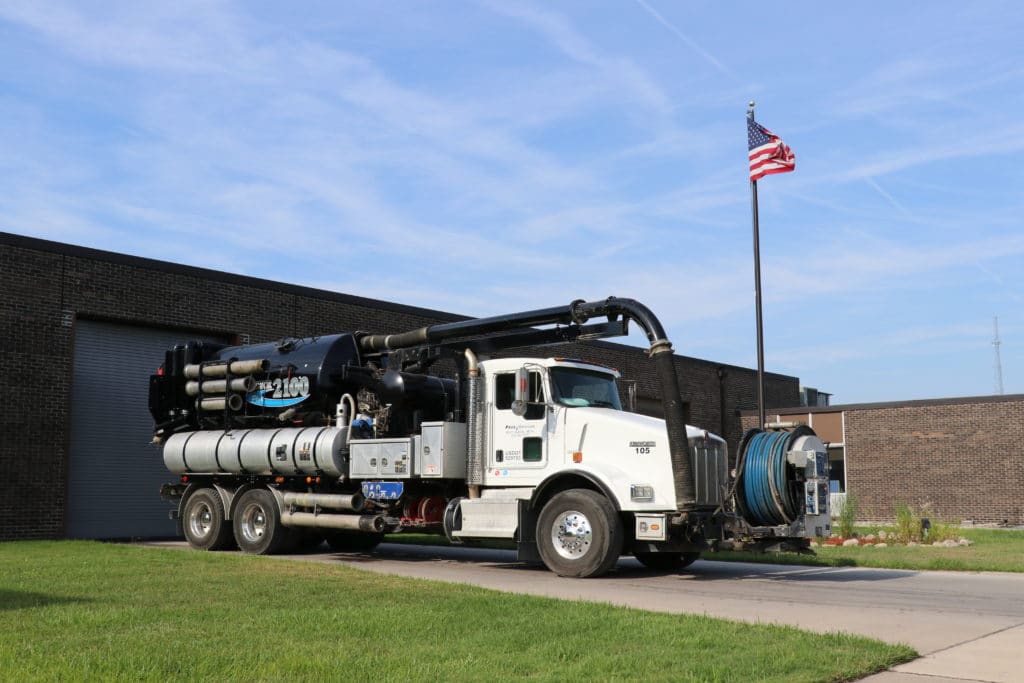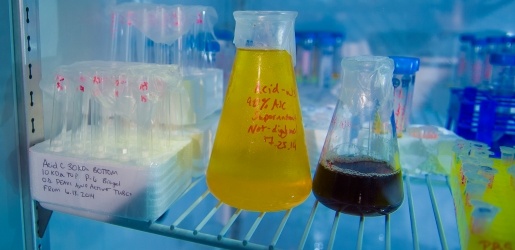Expert Liquid Waste Removal Melbourne: Keeping Your Environment Clean
Expert Liquid Waste Removal Melbourne: Keeping Your Environment Clean
Blog Article
How Fluid Waste Disposal Functions: A Comprehensive Summary of Techniques and Technologies Employed

Introduction of Liquid Waste Kind
The complexity of liquid waste kinds necessitates an extensive understanding of their attributes and implications for disposal. Liquid waste can extensively be categorized right into a number of kinds, including commercial, municipal, agricultural, and contaminated materials. Each classification exhibits distinctive residential properties, calling for certain monitoring approaches to reduce ecological and wellness dangers.
Industrial fluid waste originates from manufacturing procedures and usually has a variety of impurities, such as hefty steels, solvents, and natural compounds. Municipal liquid waste, largely consisting of wastewater from households and commercial establishments, consists of raw material, nutrients, and pathogens (industrial wastewater treatment). Agricultural fluid waste, including runoff from ranches, might consist of fertilizers, chemicals, and pet waste, posturing risks to water high quality and ecosystems
Dangerous fluid waste is identified by its toxicity, reactivity, or prospective to create injury. This category consists of materials like acids, bases, and certain chemicals that require rigorous handling and disposal methods. Understanding these diverse fluid waste kinds is critical for establishing effective disposal approaches and making sure conformity with environmental guidelines. Correct classification and characterization are important for carrying out ideal treatment techniques and reducing the damaging influence on public health and wellness and the atmosphere.
Physical Treatment Techniques

Testing is the preliminary step, where larger particles and particles are eliminated from the liquid waste making use of screens or grates. In sedimentation containers, much heavier particles resolve at the bottom, forming a sludge layer, while the cleared up fluid can be more treated.
Purification is one more necessary technique that entails passing the liquid with permeable products, such as sand or membrane layers, to catch smaller sized particles. This action boosts the top quality of the fluid, making it ideal for succeeding treatment processes.

Chemical Treatment Techniques
Chemical treatment techniques are important for properly taking care of fluid waste, particularly in addressing dissolved and colloidal impurities that physical methods might not appropriately remove. These strategies make use of numerous chemical representatives to reduce the effects of, precipitate, or change unsafe substances into less dangerous types.
One typical approach is coagulation and flocculation, where chemicals such as alum or ferric chloride are included in promote the aggregation of put on hold fragments. This procedure enhances sedimentation, allowing for easier removal of the resulting sludge. Additionally, oxidation procedures, using representatives like chlorine or ozone, are utilized to damage down complicated natural substances and virus, rendering the waste safer for discharge or additional treatment.
Neutralization is one more critical strategy, which changes the pH of acidic or alkaline waste streams to neutral degrees, stopping possible injury to downstream systems and the environment. Moreover, advanced oxidation procedures (AOPs) utilize mixes of oxidants and ultraviolet light to break down consistent contaminants, achieving a higher degree of therapy efficiency.
Biological Treatment Processes
Organic treatment procedures play an important function in the administration of fluid waste by using microbes to break down natural issue and lower impurity levels. These processes can be generally classified right into cardiovascular and anaerobic treatments, each utilizing details you could check here microbial neighborhoods to attain efficient waste deterioration.
Cardiovascular therapy involves using oxygen to help with the breakdown of organic products by microorganisms. This process is frequently applied in activated sludge systems, where oygenation storage tanks offer a helpful setting for microbial development, bring about the oxidation of natural contaminants. The resultant biomass can be divided from dealt with effluent with sedimentation.
On the other hand, anaerobic therapy happens in the absence of oxygen, relying upon various germs to damage down raw material. This technique is specifically helpful for high-strength waste, as it produces biogas, a renewable resource resource, while decreasing sludge manufacturing. Technologies such as anaerobic digesters are regularly utilized in community and industrial applications.
Both anaerobic and aerobic biological therapies not just reduce the ecological influence of fluid waste yet also help with resource recuperation, making them crucial parts of lasting waste management approaches. Their effectiveness, efficiency, and versatility sustain their widespread execution across numerous sectors.
Arising Technologies in Disposal
Innovative strategies to liquid garbage disposal are rapidly progressing, driven by advancements in modern technology and a boosting focus on sustainability. Among these emerging innovations, membrane layer bioreactors (MBRs) have acquired grip for their capability to incorporate biological treatment with membrane layer filtration, causing high-grade effluent that can be reused in different applications. MBRs make it possible for smaller footprints and more reliable operations compared to typical systems.
An additional encouraging growth is the usage of anaerobic digestion combined with nutrient recuperation innovations, which not just treats liquid waste however additionally creates biogas and recuperates beneficial nutrients like nitrogen and phosphorus. This double benefit enhances source performance and reduces environmental effect.
Additionally, progressed oxidation procedures (AOPs) are being taken on for the deterioration of complicated natural toxins. These approaches use powerful oxidants and stimulants to damage down impurities at the molecular degree, offering an extremely reliable option Visit Your URL for challenging waste streams.
Additionally, the combination of synthetic knowledge and artificial intelligence in waste monitoring systems is enhancing operational efficiency and anticipating upkeep, bring about decreased prices and boosted ecological compliance. These modern technologies mirror a substantial change in the direction of even more lasting and reliable fluid waste disposal techniques.
Final Thought
In verdict, reliable liquid waste disposal necessitates an extensive understanding of numerous strategies and innovations. By continuously progressing these methodologies, it becomes possible to attend to the growing obstacles connected with liquid waste, ultimately contributing to environmental security and source recuperation.
Fluid waste disposal is a vital facet of ecological administration, calling for a detailed understanding of numerous methods and technologies tailored to different waste kinds. Liquid waste can extensively be classified right into a number of kinds, consisting of commercial, community, agricultural, and hazardous waste. Agricultural fluid waste, consisting of overflow from ranches, might have plant foods, pesticides, and animal waste, presenting threats to water quality and ecological Visit Your URL communities.
Different physical therapy approaches play an essential role in handling liquid waste successfully - industrial wastewater treatment.In conclusion, efficient fluid waste disposal requires a detailed understanding of numerous strategies and modern technologies
Report this page